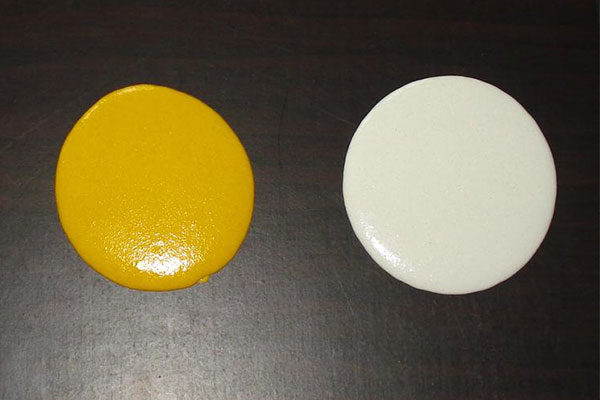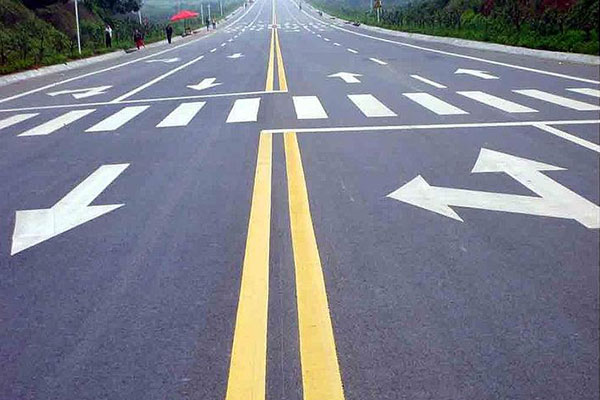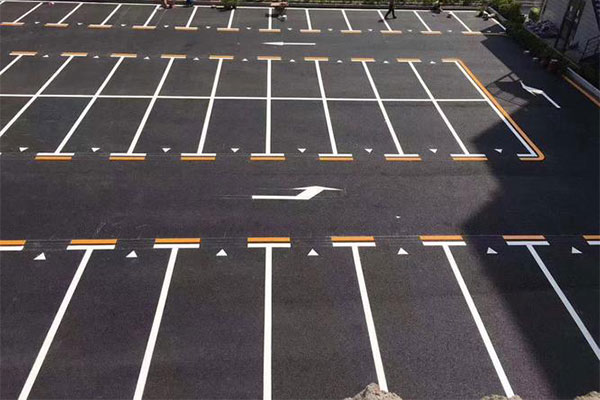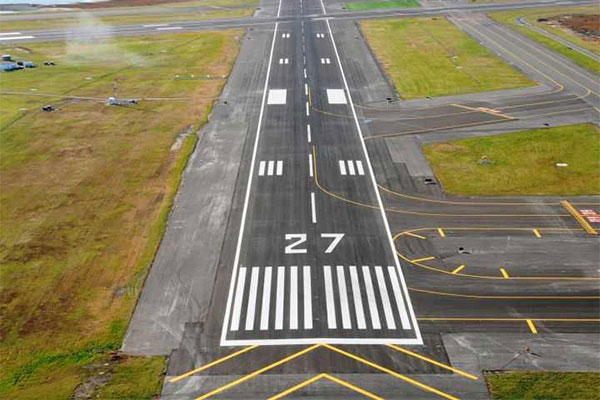What is Thermoplastic Road Marking Paint?
In the vast realm of road safety and infrastructure, thermoplastic road marking paint has emerged as a revolutionary solution. Its popularity stems from its durability, cost-effectiveness, and superior reflective properties, making it a preferred choice for various road marking applications.

What is Thermoplastic Road Marking Paint?
Thermoplastic road marking paint is a specialized type of paint that is composed of synthetic resin, glass beads, pigments, and other additives. The unique characteristic of thermoplastics is their ability to soften when heated and solidify when cooled. This property allows for easy application and ensures a long-lasting and robust finish on road surfaces.
Components of Thermoplastic Road Marking Paint
The composition of thermoplastic road marking paint typically includes the following ingredients:
- Synthetic Resin: The primary component of thermoplastic road marking paint is a synthetic resin. This resin provides the paint with its thermoplastic properties, allowing it to melt and bond with the road surface upon heating.
- Glass Beads: Glass beads are mixed into the paint to enhance visibility, especially during low-light conditions. These beads act as reflective elements, making road markings more visible to drivers at night or in adverse weather conditions.
- Pigments and Additives: Various pigments and additives are incorporated to give the paint its color and specific characteristics. These may include UV stabilizers to prevent color fading, anti-skid agents for improved traction, and drying accelerators for efficient application.
Application Process:
The application of thermoplastic road marking paint involves several key steps:
- Surface Preparation: The road surface must be clean, dry, and free of any debris or contaminants before application. This ensures proper adhesion of the thermoplastic paint.
- Heating: The thermoplastic paint is heated to a specific temperature, causing it to melt and become a liquid.
- Application: The molten paint is then applied to the road surface using specialized equipment, such as thermoplastic road marking machines. This process allows for precise and uniform markings.
- Glass Bead Application: Immediately after applying the paint, glass beads are sprinkled onto the surface to enhance reflectivity.
- Cooling: The painted markings cool and solidify, forming a durable and long-lasting bond with the road.
Benefits of Thermoplastic Road Marking Paint:
- Durability: Thermoplastic road markings are highly durable and resistant to wear and tear, ensuring a longer lifespan compared to traditional paint.
- Reflectivity: The incorporation of glass beads provides excellent reflectivity, improving visibility for drivers, especially during nighttime.
- Quick Drying: The rapid cooling and solidification process of thermoplastic paint allows for quick drying, minimizing traffic disruption during application.
- Cost-Effective: Despite its initial higher cost compared to conventional paint, thermoplastic road marking proves to be cost-effective in the long run due to its extended lifespan and reduced maintenance requirements.



Applications
Thermoplastic road marking paint finds diverse applications in various traffic management scenarios, including:
1. Roads and Highways:
Thermoplastic markings are widely used for lane demarcation, edge lines, and center lines on roads and highways.
2. Parking Lots:
Parking spaces, directional arrows, and pedestrian crossings in parking lots are often marked using thermoplastic paint.
3. Airports:
Airports use thermoplastic markings for runway and taxiway guidance due to the material’s durability and reflective properties.
4. Industrial Areas:
Thermoplastic road markings are employed in industrial zones for safety and traffic management purposes.
Conclusion
Thermoplastic road marking paint stands as a testament to innovation in road safety and infrastructure. Its unique composition, application process, and numerous benefits make it a frontrunner in the field of road marking solutions. As technology continues to advance, thermoplastic paints are likely to play an even more significant role in enhancing road safety and sustainability.

